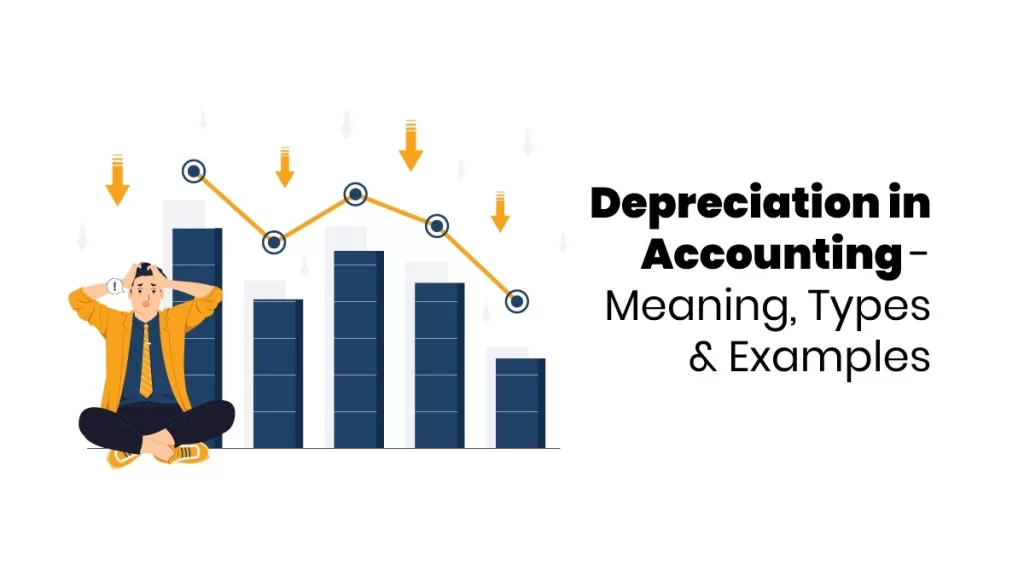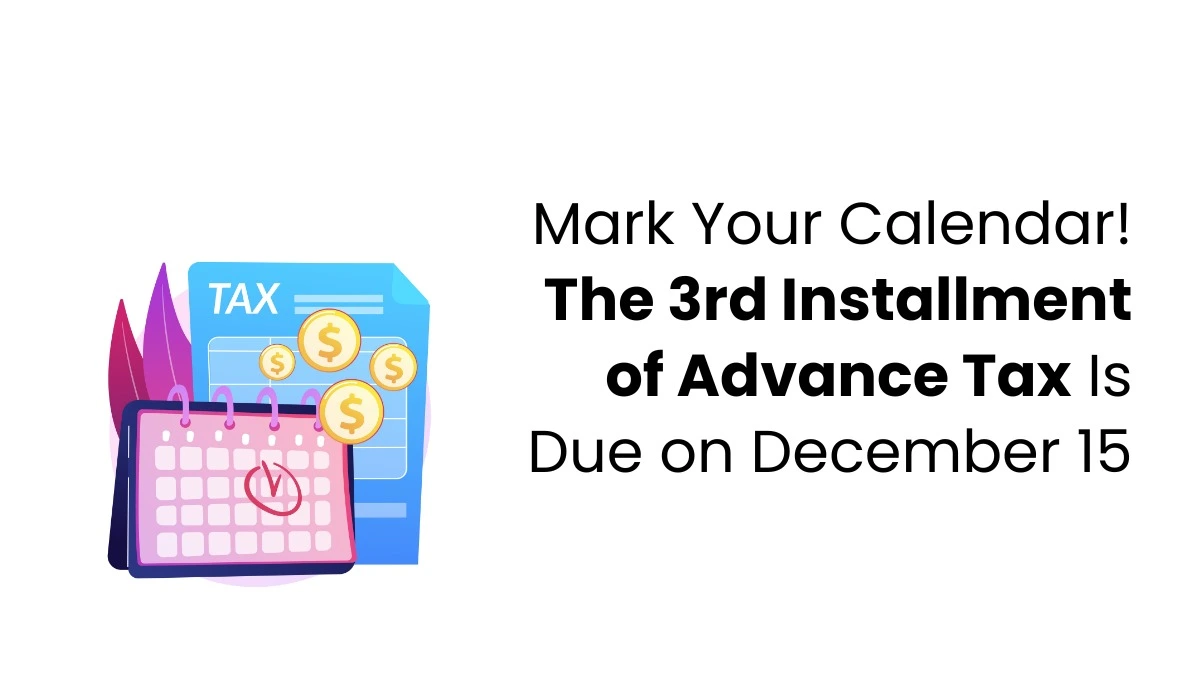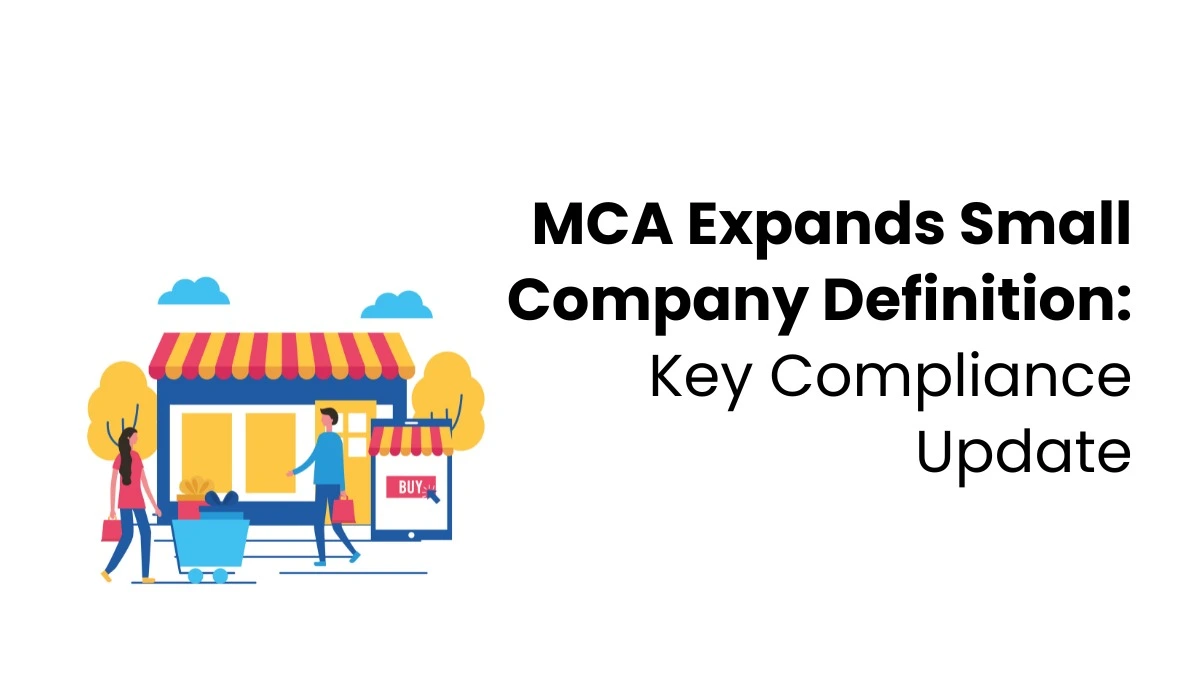Depreciation in accounting is used to spread the cost of a physical asset over its useful life. It tracks how much of the asset’s value has been used over time. Companies use depreciation for tax and accounting purposes and can choose various methods to calculate it.
Depreciation in accounting is almost used by every business. Using some accounting software may ease the work but still calculations need to be done. You must understand the details to pick the proper method for your business.
Depletion and Amortization
Depletion and amortization are necessary concepts for valuing assets. Both show how an item’s value decreases over time.
Depletion
Depletion is an accrual accounting method that is usually applied while checking the quantity of natural resources, ground oils, coals, and minerals. It is a non-cash expense that aids in decreasing the value of an asset.
Amortization
Amortization spreads the cost of an intangible asset, like a patent or trademark, over its useful life. Instead of paying the whole cost simultaneously, you record a small part each year. This helps track how much of the asset’s value is used over time.
Methods of Depreciation in Accounting
Here are four standard types of depreciation in accounting to calculate yearly accounting expenses and when to use them:
Straight-line Depreciation
The Straight-line method of depreciation reduces an asset’s value by the same amount each year until it reaches zero. It is also called the original cost method. This is the most common and simplest method.
Formula
(Cost of asset – Scrap value) / Useful life = Depreciation expense
Pros
- Spreads the cost evenly over each year.
- Easy to set up in most accounting software.
Cons
- Guessing the helpful life of the asset can be tricky.
- Wrong guesses can overvalue the asset for years.
Units of Production Depreciation
The units of production depreciation method spreads the depreciation evenly over each unit of product made or service provided by an asset.
Formula
(Number of items produced / Total items equipment can produce) x (Cost of equipment – Scrap value) = Depreciation expense
Pros
- Simple to calculate.
- Gives a more accurate depreciation based on actual use.
Cons
- You need to track how many items the equipment makes.
- Because production varies, you’ll need to update this information manually in your accounting software each month. This is a more complicated process.
Double Declining Balance Depreciation
Double declining balance depreciation is a type that speeds up the rate at which an asset loses value. It’s used for assets that lose value quickly, especially new ones. This method is often used for equipment when the production units aren’t used.
Formula
2 x (1 / Useful life) x Book value = Depreciation expense
Pros
- Shows the quick loss of value for some assets better than straight-line depreciation.
- It gives more significant tax deductions at the start when the asset is most beneficial.
- Depreciation costs decrease over time as the asset becomes less valuable or needs more maintenance.
Cons
- Calculations are more complex.
- Some companies may use this method by showing each year’s depreciation value.
Sum of the Years’ Digits Depreciation
The sum of the years’ digits depreciation in accounting is lower than the double declining balance method. It provides a more rapid rate of depreciation of the asset than what is observed with straight-line depreciation.
Formula
(Remaining life of the asset / Sum of the years’ digits) x (Cost of asset – Scrap value) = Depreciation expense
Pros
- One can decide about the duration of the asset.
- Amortizes the asset more quickly, where it charges a more important proportion of the value of the investment in the initial period of its operation.
Cons
- Calculations are more complex.
- Misusing it can misstate your net income for the period.

Depreciation Examples
Here are examples of depreciation;
Suppose, for instance, that the equipment you wish to buy costs $260,000. According to your plans, you will utilize this for eight years. More specifically, at the end of eight years, its book value will be $20,000.
- Annual Depreciation:($260,000 – $20,000) / 8 = $30,000 per year
- Monthly Depreciation:$30,000 / 12 months = $2,500 per month
To learn more about depreciation in accounting, visit Finprov Learning. Finprov offers accounting courses online and a variety of programs. Our accounting professional courses for graduates include CBAT, PGBAT, Income Tax, Practical Accounting Training, PGDIFA, DIA, GST, SAP FICO, Tally Prime, MS Excel, and more. Whether you’re a recent graduate or a professional, our courses are designed to provide a comprehensive learning experience.
At Finprov, we emphasize hands-on practical training to give you real-world skills. We also offer practical accounting courses after graduation with placement assistance to help you start your career after your studies. Contact Finprov today to discover accounting opportunities and boost your knowledge for a successful future.










